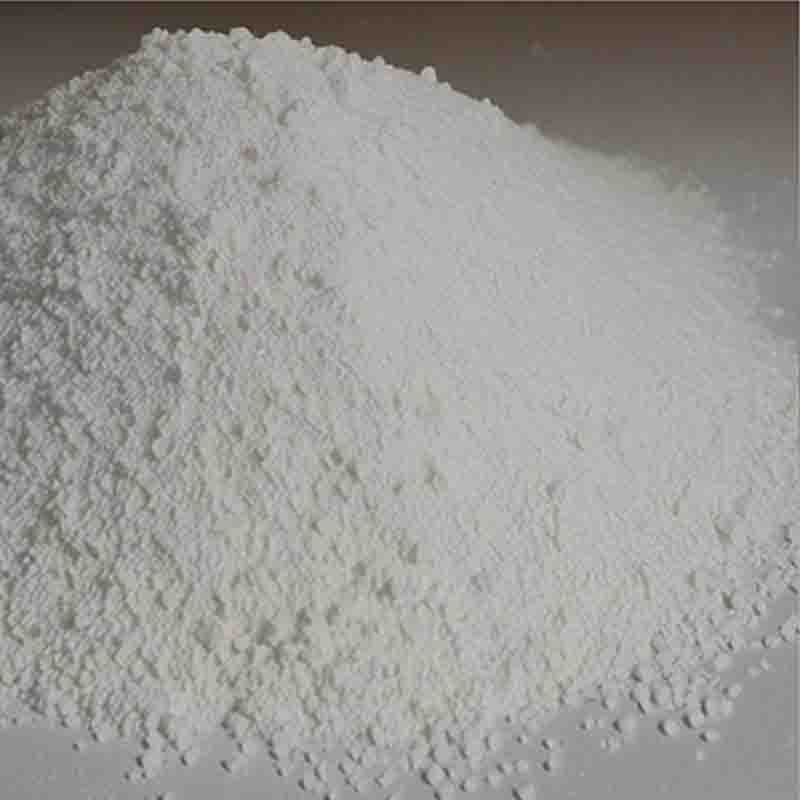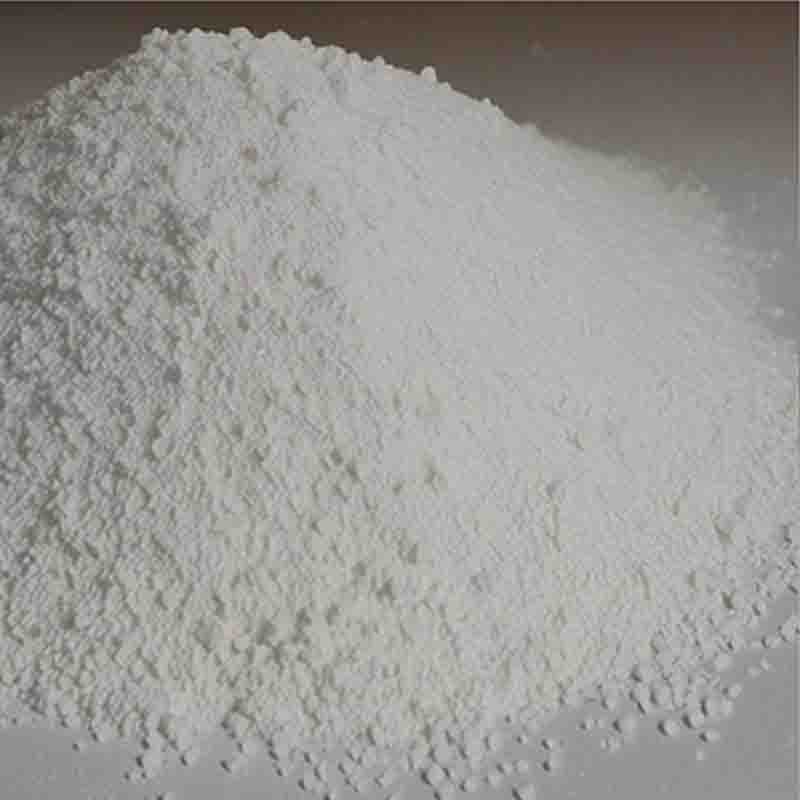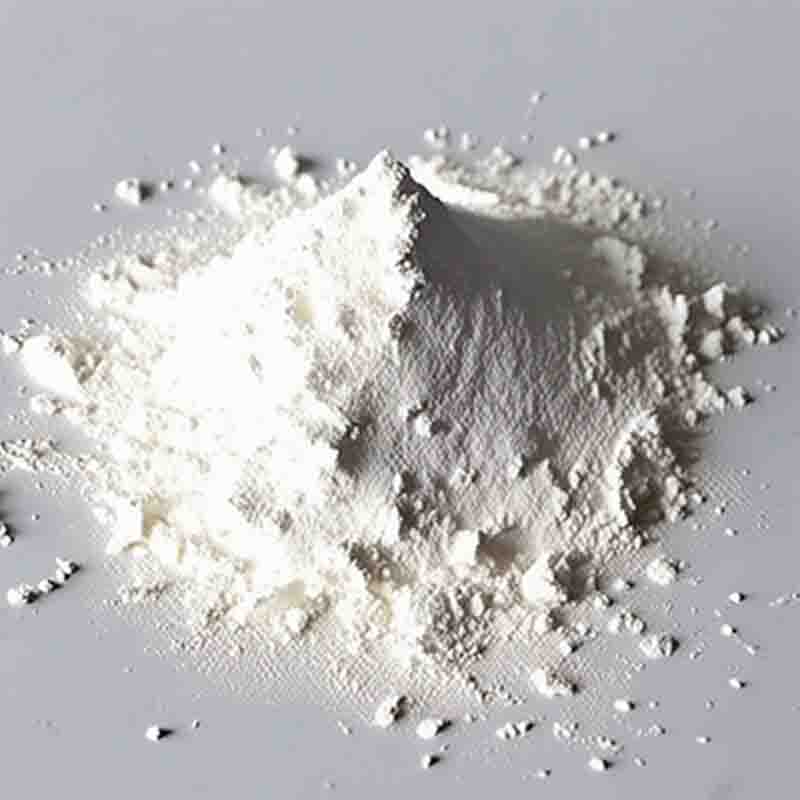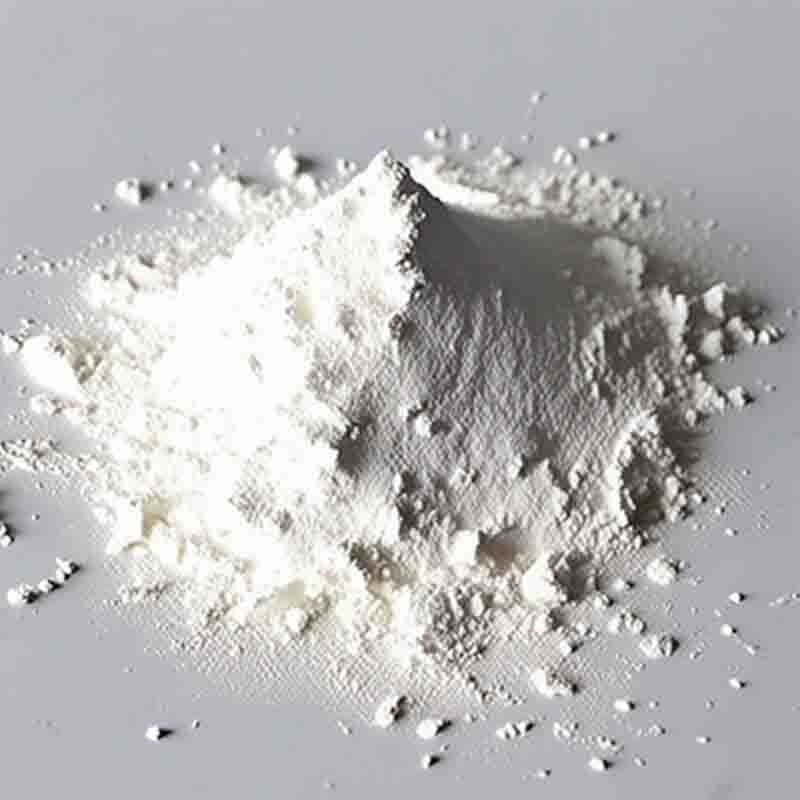Bis(dibenzylideneacetone)palladium CAS: 32005-36-0
| Catalog Number | XD93975 |
| Product Name | Bis(dibenzylideneacetone)palladium |
| CAS | 32005-36-0 |
| Molecular Formula | C34H20O2Pd(OCOCH3)2 |
| Molecular Weight | 566.95 |
| Storage Details | Ambient |
Product Specification
| Appearance | White powder |
| Assay | 99% min |
Bis(dibenzylideneacetone)palladium, also known as Pd(dba)2, is a palladium complex that is widely used in organic synthesis as a catalyst. It consists of two molecules of dibenzylideneacetone (dbap) ligands bonded to a central palladium atom. The complex is typically a bright yellow or orange solid and is characterized by its unique reactivity and versatility.One of the main applications of bis(dibenzylideneacetone)palladium is in cross-coupling reactions, such as the Suzuki-Miyaura and Heck reactions. These reactions involve the formation of new carbon-carbon bonds, which are crucial for the synthesis of complex organic molecules. Pd(dba)2 serves as a catalyst, facilitating the coupling of two different substrates to generate the desired product. This complex is particularly useful for coupling aryl and vinyl substrates, enabling the synthesis of a wide range of organic compounds, including pharmaceuticals, agrochemicals, and materials for electronics.Another important use of Pd(dba)2 is in the area of C-H activation. This process allows for the functionalization of C-H bonds in organic molecules, which are typically considered inert. With the help of bis(dibenzylideneacetone)palladium as a catalyst, C-H activation reactions can occur under mild conditions, leading to the formation of new carbon-carbon or carbon-heteroatom bonds. This strategy has significant implications in synthetic chemistry, as it provides a more direct and efficient route to access complex molecules.Bis(dibenzylideneacetone)palladium also finds utility in the synthesis of conjugated polymers and materials for optoelectronic applications. The complex can catalyze polymerization reactions, leading to the formation of polymers with well-defined structures and desirable properties. These polymers exhibit high electron mobility, making them suitable for use in devices such as organic solar cells, field-effect transistors, and light-emitting diodes.Furthermore, Pd(dba)2 is often used as a precursor to generate other palladium catalysts. By modifying the dbap ligands or introducing additional ligands, chemists can fine-tune the catalytic properties of palladium complexes for specific reactions or selectivity. This versatility allows for the development of efficient and selective catalysts tailored to meet the requirements of diverse transformations in organic synthesis.In summary, bis(dibenzylideneacetone)palladium is a valuable catalyst in organic synthesis. Its applications range from traditional cross-coupling reactions to C-H activation and the synthesis of conjugated polymers. The use of this complex enables the formation of important carbon-carbon and carbon-heteroatom bonds, contributing to the advancement of various fields, including pharmaceuticals, materials science, and optoelectronics.






![(4R-CIS)-1,1-DIMETHYLETHYL-6-[2-[2-(4-FLUOROPHENYL)-5-(1-METHYLETHYL)-3-PHENYL-4-[(PHENYLAMINO) CARBONYL]-1H-PYRROL-1-yl]ETHYL]-2,2-DIMETHYL-1,3-DIOXANE-4-ACETATE CAS: 125971-95-1](https://cdn.globalso.com/xdbiochems/白色粉末1111.jpg)


